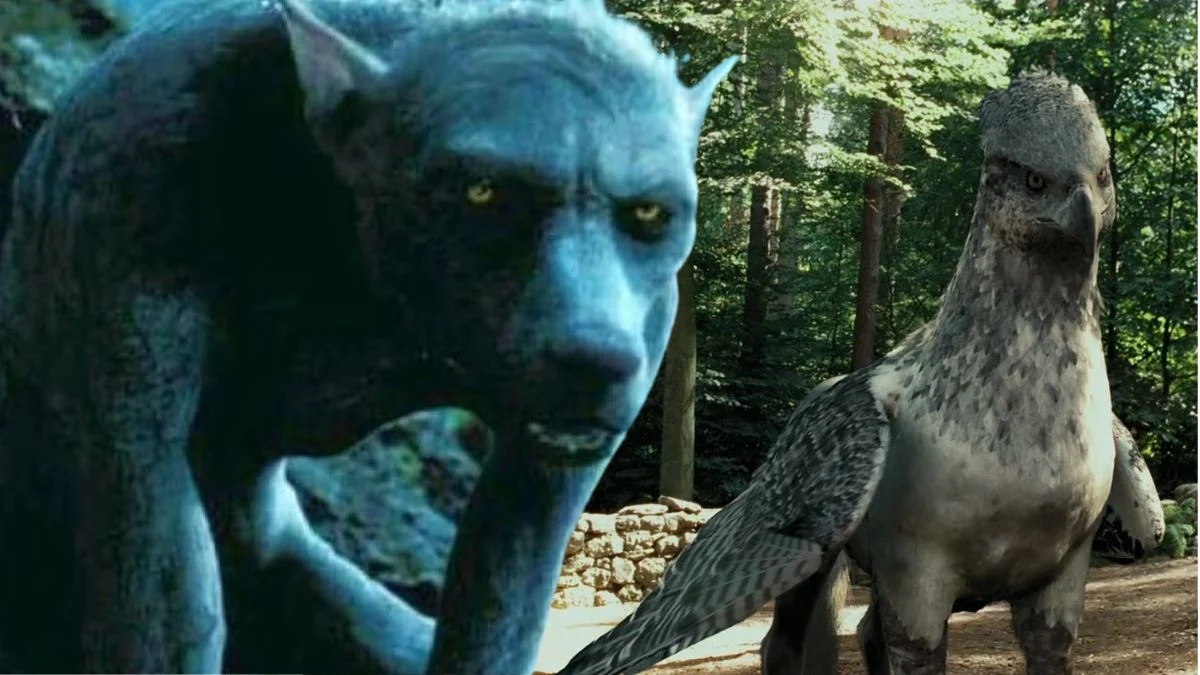
Many fans fondly remember the third ‘Harry Potter’ film for its darker atmosphere and assured way of telling the story. ‘Harry Potter and the Prisoner of Azkaban‘ represented a significant change in style and filmmaking techniques, impacting everything from the costumes and camera work to the depiction of Hogwarts. The filmmakers emphasized real sets, unique filming locations, and a distinctive visual style, making it stand out from the previous films.
The film’s unique look and feel came from hundreds of careful choices made during production. The team didn’t just imagine details – they built them, like a real London bus driving through city streets or a detailed, foldable map used as a prop. This attention to realism helped define the film’s style. Here are ten behind-the-scenes stories that reveal how this chapter of the film was created.
Alfonso Cuarón’s first time steering the wizarding world
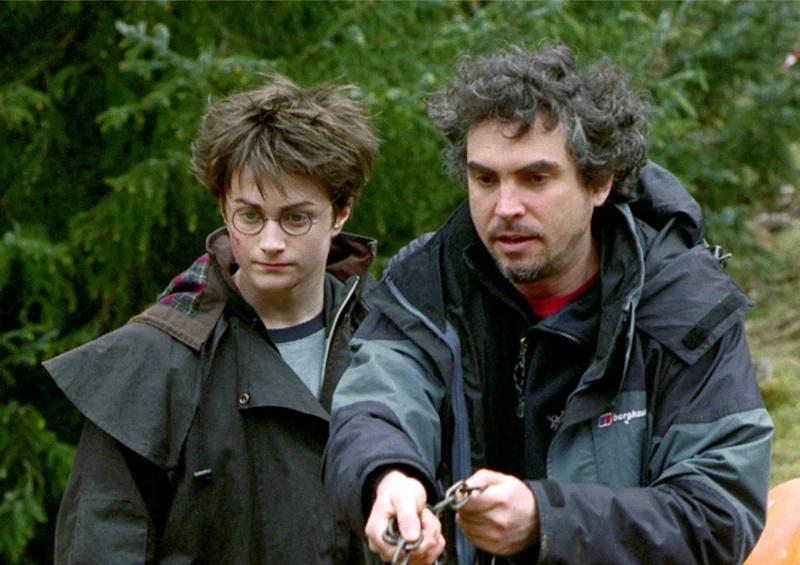
Alfonso Cuarón directed ‘Harry Potter and the Prisoner of Azkaban,’ taking over after Chris Columbus directed the first two films. Cuarón collaborated with his team to create a more realistic look for the movie, focusing on sets, lighting, and costumes. He encouraged the actors to wear comfortable, everyday clothes and looser versions of their school uniforms to better portray life as a student.
He also asked the three lead actors to write essays from the perspectives of their characters – Harry, Hermione, and Ron – to help them better understand them. Emma Watson wrote a very detailed essay as Hermione, Daniel Radcliffe kept his as Harry brief, and Rupert Grint, staying true to Ron’s character, didn’t submit one at all. The filmmakers actually used this as a way to gain insight into how each character might act.
Hogwarts moved and expanded for a new layout
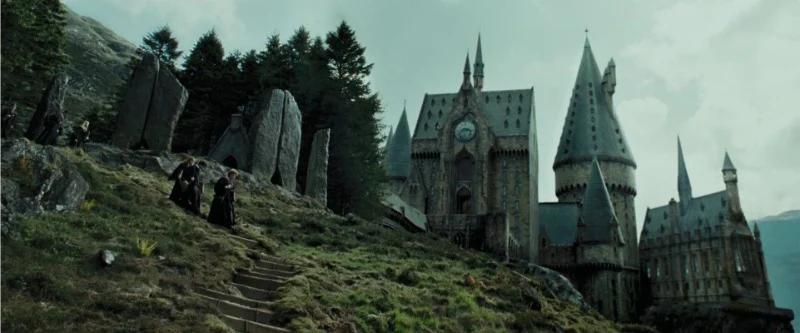
For ‘Harry Potter and the Prisoner of Azkaban’, the filmmakers changed where some important Hogwarts locations were filmed. They rebuilt Hagrid’s hut in the scenic Glen Coe area of the Scottish Highlands, which let them capture sweeping views of the valley and create more visually impressive outdoor scenes.
The outdoor areas were redesigned to work with the new filming locations and camera angles. Existing walkways, bridges, and courtyards were either updated or moved, and new outdoor sets were built. This allowed scenes to flow smoothly from inside buildings out into the surrounding hills, creating a seamless visual experience.
Michael Gambon’s first appearance as Albus Dumbledore
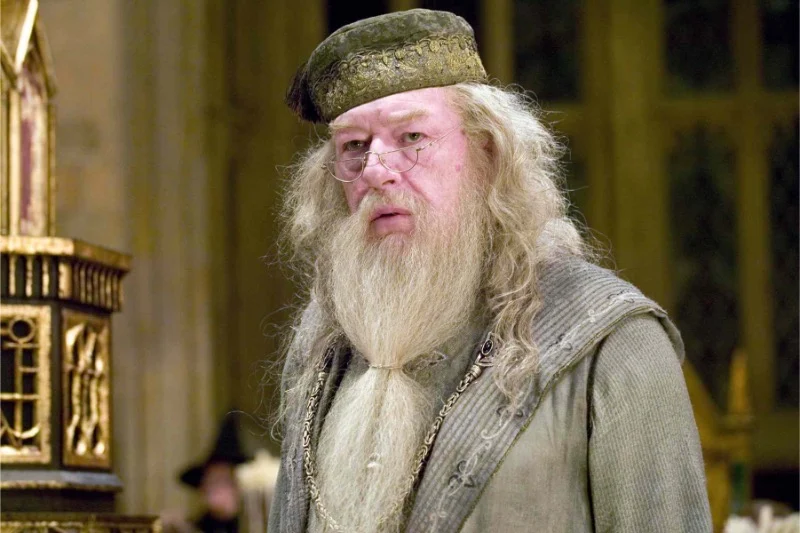
Following Richard Harris’s death, Michael Gambon took on the role of Albus Dumbledore in this film. The costume designers refreshed Dumbledore’s look with more detailed fabrics and a slightly more relaxed style, reflecting the film’s realistic and well-worn setting.
With Gambon taking on the role, the way scenes were filmed had to be adjusted to best showcase both him and the sets. Dialogue scenes were re-shot using the existing sets, and new footage was captured to ensure it matched earlier films whenever necessary for consistency.
The Knight Bus was a real vehicle that hit real streets
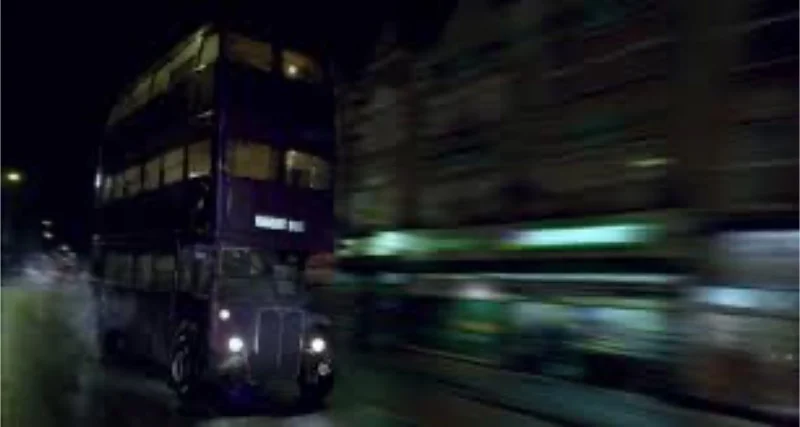
The Knight Bus, famously seen speeding through London, was created by joining together multiple bus sections and placing them on a specially-made base. While it was actually driven for some scenes, other shots were filmed on closed-off roads or on a soundstage with added scenery.
As a film buff, I was fascinated learning how they created the illusion of incredible speed in the movie. They used a technique with the cameras – filming a little slower than normal – and perfectly timed the action with the traffic. Inside the vehicles, they built this amazing set on a gimbal, so the beds and people could shake and move realistically whenever needed. Then, they’d project backgrounds or digitally add things outside the windows to make it look like everything was moving at that same crazy speed. It was a really clever combination of practical and visual effects!
Dementors came to life with puppetry and digital work
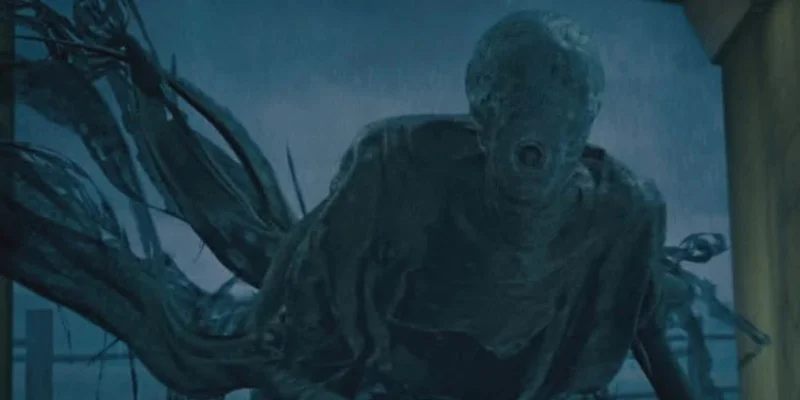
Dementors were originally brought to life as detailed puppets moved on wires. Filmmakers captured their flowing, cloak-like movements, and then enhanced the footage with digital effects. They used the puppet’s performance as a foundation, carefully blending practical and visual elements to create the final look.
Close-up shots included visual distortions and effects mimicking breath in the cold air. The lake scenes combined several layers of footage with atmospheric effects to show a drop in temperature. The sound design featured a swirling, intensifying audio experience that built as the creatures got closer.
Buckbeak blended full scale animatronics and computer graphics
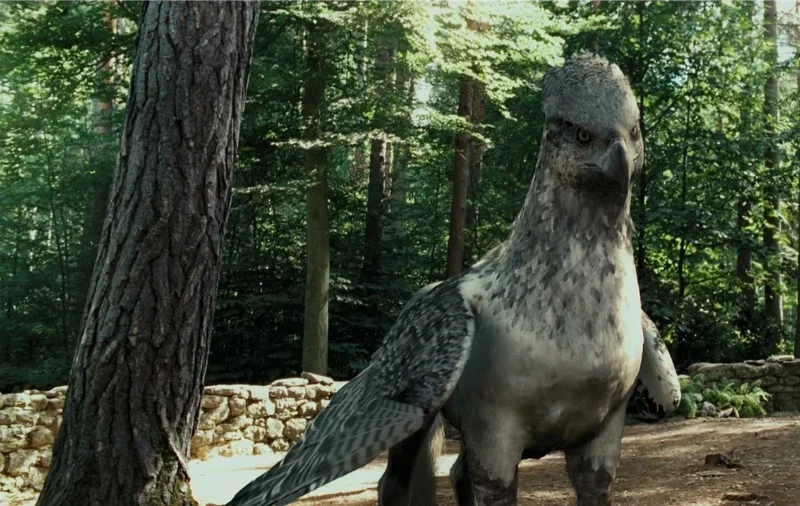
A life-sized model of Buckbeak was built with a head, neck, and wings that could move, allowing actors to realistically interact with it during filming. The model’s feathers and skin were designed to react to touch and wind, making the actors’ performances feel more natural and believable.
Instead of using a physical model for dynamic shots, filmmakers created the creature using computer animation. They studied the movements of birds and horses to make the animation realistic. To ensure the digital creature looked natural in each scene, they carefully recorded the lighting from the physical model while filming and used that data to match the digital creature’s color and texture to its surroundings.
The Time Turner sequence was mapped like a puzzle
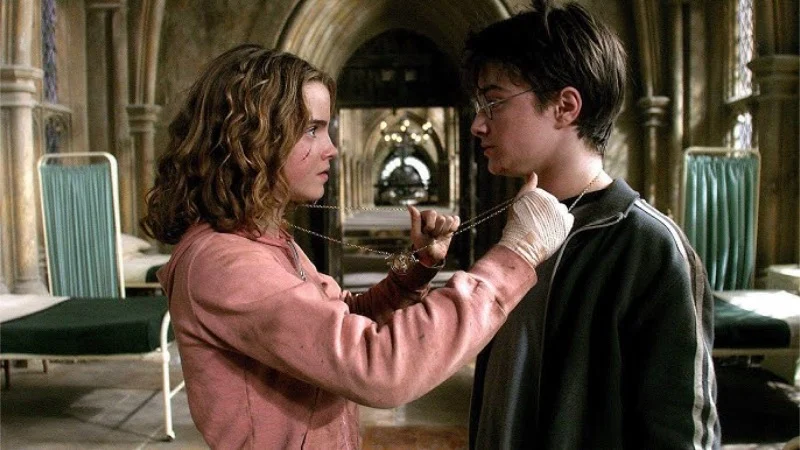
Working on the time travel sequences was incredible! The planning was so thorough – they had these detailed diagrams showing exactly where everyone was and what they were doing at different points in time, across all the overlapping timelines. It meant the sets had to be dressed one way for ‘before’ and then completely changed to show the ‘after’ effects. And the camera movements? They repeated them perfectly using motion control, which allowed them to combine the shots seamlessly without any shaky or drifting images. It was a really precise process!
Sound and music were carefully designed to subtly remind viewers of previous scenes, helping them keep track of what was happening. The creators recorded sounds and background noises multiple times, then used them at specific moments to indicate where the characters were in the repeating timeline.
The shrunken head was created specifically for the film
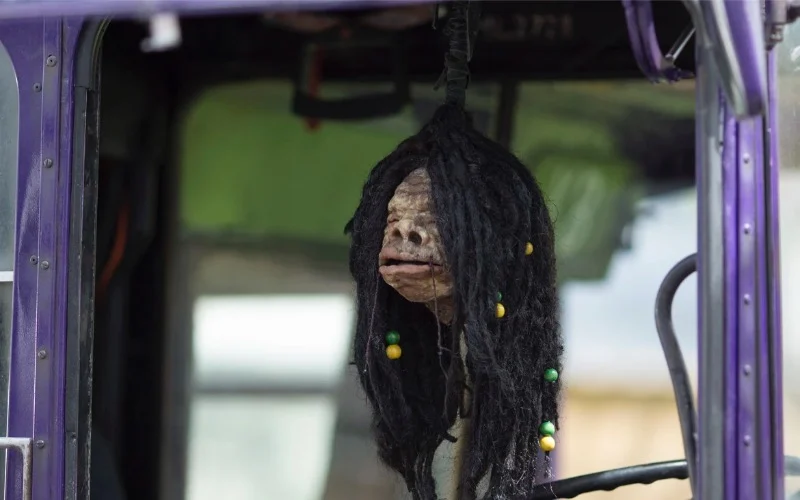
Okay, so as a huge Harry Potter fan, I always found the shrunken head on the Knight Bus to be a really fun touch. But I recently learned it wasn’t actually in the book! Apparently, the filmmakers added it during production. They wanted something to lighten the mood during that intense early chase scene and give the driver someone to bounce dialogue off of while they were speeding around – a little bit of comic relief, you know?
Close-up shots of faces were animated using a mix of traditional puppets and digital effects. To make the lip movements match the spoken lines, the prop team created several versions of each puppet with different mouth shapes, allowing editors to seamlessly switch between them.
The Marauder’s Map was a functioning physical prop

The Marauder’s Map from ‘Harry Potter and the Prisoner of Azkaban’ was a cleverly designed prop. It unfolded to show different sections of Hogwarts Castle, created with detailed artwork and hidden features like flaps and sliding panels. These allowed filmmakers to seamlessly reveal more of the castle with each camera movement, all in one shot.
The footprints and labels were created using visual effects, but the underlying artwork is based on photographs of the actual object. The team created multiple versions of each piece in different sizes for both wide and close-up shots, and they carefully aged everything to ensure a consistent look under various lighting conditions.
Lupin’s werewolf followed a lean design with elongated limbs
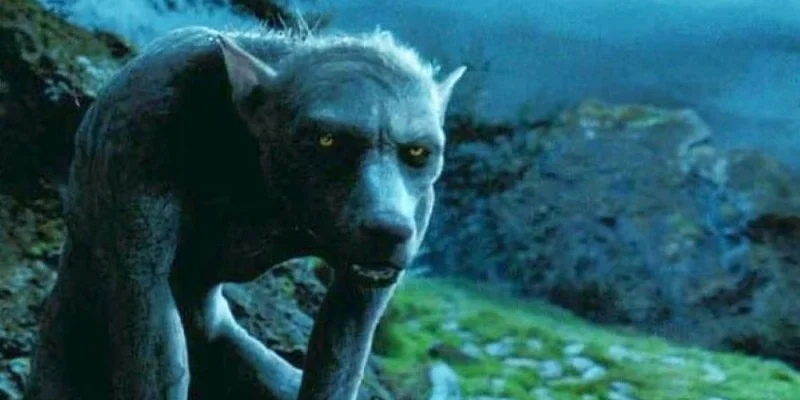
Remus Lupin’s werewolf form was designed to be lean and agile, with a slender build and elongated limbs. This allowed him to move easily through tight spaces on set and appear distinctly recognizable even in shadow during dimly lit scenes.
The team refined makeup effects and digital designs to create creatures that were both familiar and frightening. The final scenes combined real actors on set with computer-generated imagery. Skin tones were carefully adjusted to create a cool, nighttime look throughout the film.
Tell us your favorite behind-the-scenes story from the movie and what moment caught you off guard!
Read More
- Silver Rate Forecast
- Красный Октябрь акции прогноз. Цена KROT
- Gold Rate Forecast
- MSCI’s Digital Asset Dilemma: A Tech Wrench in the Works!
- Bitcoin’s Ballet: Will the Bull Pirouette or Stumble? 💃🐂
- Twenty One Capital’s NYSE debut sees 20% fall – What scared investors?
- LINK’s Tumble: A Tale of Woe, Wraiths, and Wrapped Assets 🌉💸
- Can the Stock Market Defy Logic and Achieve a Third Consecutive 20% Gain?
- How Bitcoin Miners Might Just Save the Day in Crypto Adoption – With a Little Help from Their Friends
- XRP’s Wrapped Adventure: Solana, Ethereum, and a Dash of Drama!
2025-10-14 10:46